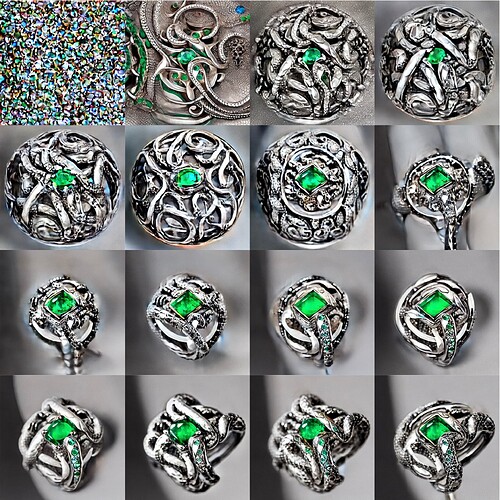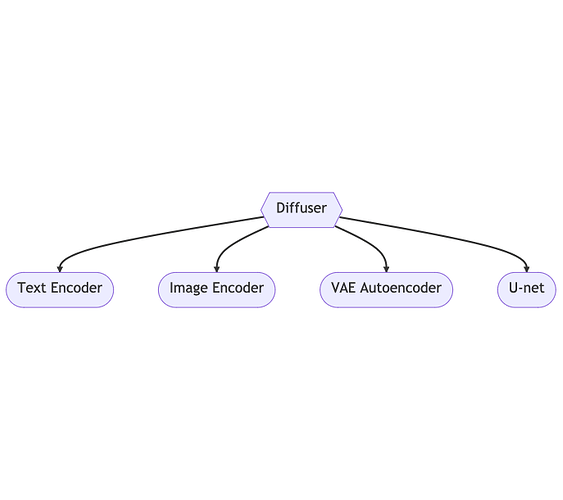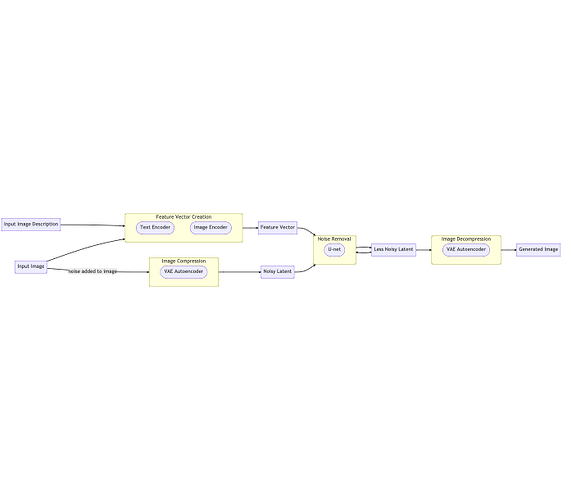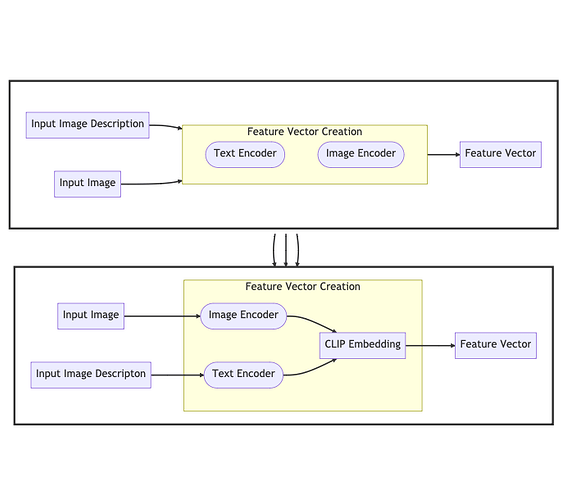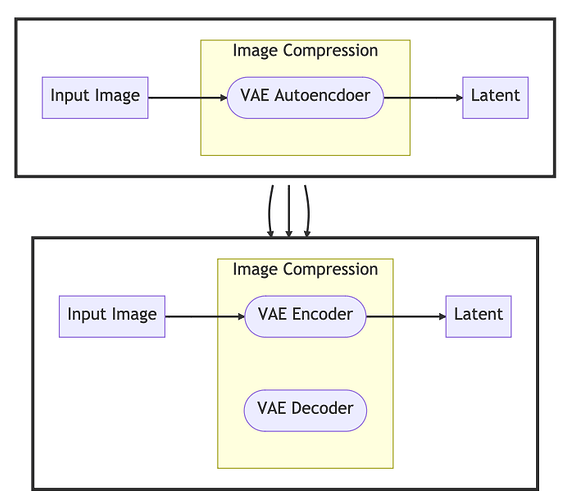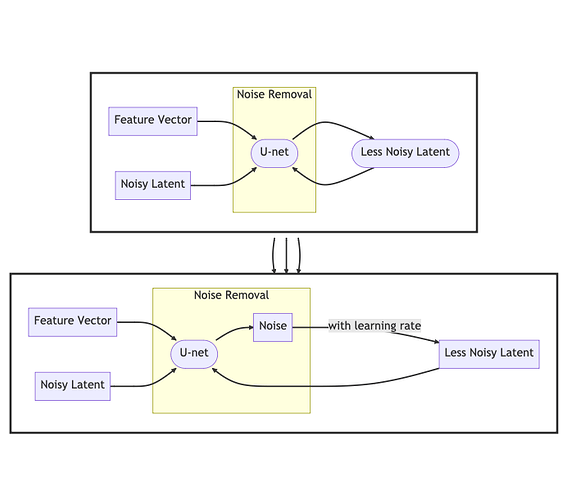You can also read this post at my blog.
Here, I explain the workings of stable diffusion at a high level.
Components
A diffuser contains four main components
- The text encoder
- The image encoder
- The autoencoder (VAE autoencoder)
- The neural network (U-net)
Training
I’ll explain the training process in terms of a single image.
When all components shown above are put into their respective places, the overall training process looks like this.
Let’s break it down.
Feature Vector Creation
We start with an image and its description. The image encoder takes the image and produces a feature vector — a vector with numerical values that describe the image in some way. The text encoder takes the image’s description and similarly produces a feature vector.
These two feature vectors are then stored in what’s known as a CLIP embedding. An embedding is simply a table where each row is an item and each column describes the items in some way. I this case, the rows represent feature vectors, and the columns are each feature in the vector.
Both encoders keep producing feature vectors until they are as similar as possible.
Image Compression
Once the feature vectors have been produced, some noise is tossed onto the image. This noisy image is then compressed by the VAE autoencoder.
The VAE autoencoder contains an encoder and a decoder. The encoder handles compression whereas the decoder handles decompression.
The compressed noisy image is now known as the latent. The image is compressed for faster computation, as there would be fewer pixels to compute on.
Noise Removal
The latent, together with its feature vector, is now input to the U-net. Instead of predicting what the original, un-noisy image was, the U-net predicts the noise that was tossed onto the image.
Once it outputs the predicted noise, that noise is subtracted from the latent in conjunction with the learning rate. This new, less noisy latent is now input again and the process repeats until desired.
Image Decompression
The latent is now decompressed through the VAE autoencoder’s decoder.
We now have a generated image!
Inference
When using a diffuser for inference, the diffuser typically begins with a purely noisey image. The diffuser uses the input prompt to guide the removal of noise from the noisy image, until the image resembles what is desired.
Conclusion
And that’s all there is to it!
We take an image and its prompt, and create a feature vector out of them. Noise is then added to the image, which is then compressed. The latent and the feature vector are input to a U-net which then predicts the noise in the latent. The predicted noise is subtracted from the latent, which is then input back to the U-net. After the desired number of steps has lapsed, the latent is decompressed and the generated image is ready!
If you have any comments, questions, suggestions, feedback, criticisms, or corrections, please do let me know!
